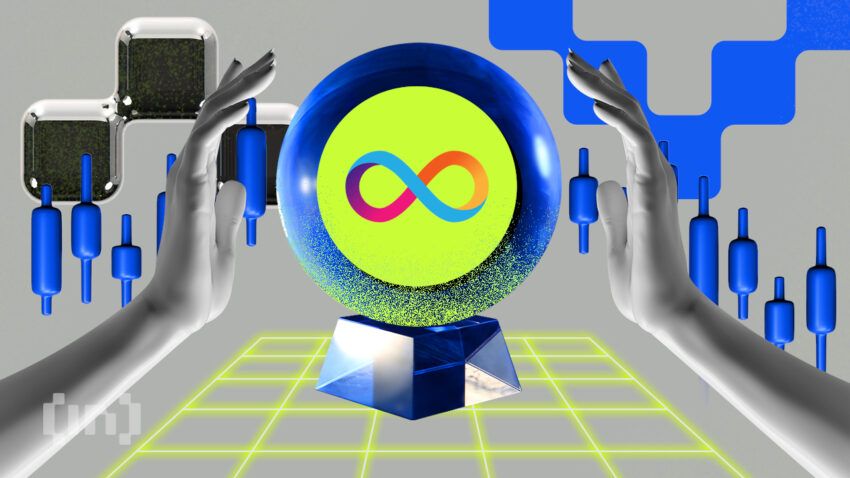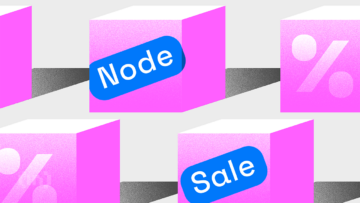What is Dfinity?
Difinity is essentially a decentralised cloud computer designed to be cost-effective and secure in order to support the next generation of mega applications.
Despite blockchains revolutionary leap into the world; offering so many industries more secure and transparent processes; as the adoption of the technology has increased, a few problems have arisen. Many projects are being developed to try and resolve these issues. Of all, Dfinity is among the most promising ones at this moment as a blockchain-based cloud company.
The Evolution of Dfinity
The release of Bitcoin in 2009 introduced the world to the concept of independently managed computers that could talk to each other and form an unbreakable virtual ledger. However, limitations of the “first-generation blockchain” soon arose. Most notability its restrictions with scalability, slow transaction speeds and use for illegal activities.
In 2014 Ethereum developed a second-generation network design with the intention of it being a more durable blockchain computer. Rather than being a shared ledger, it could be considered more of a shared virtual blockchain computer. It could be used for things like smart contracts because the data stored and processed could be accessed by anyone yet still maintain it’s security.
Even so, Etherrum still had performance and capacity issues just like Bitcoin before.
This is where Dfinity came in to offer a solution.
In 2013, Dominic Williams (Dfinity president and chief scientist) realised that we could use a random sequence of numbers to secure a large-scale network. One of the major differences between Dfinity and its predecessors is that it uses a different algorithm to achieve consensus. This is where a variation of the Proof of Stake consensus model was introduced.
What is the Threshold Relay Consensus model?
This critical feature allows for randomness. Nodes produce a random number or “beacon” used to choose the next group of nodes.
Dfinity aims to implement new cryptographic functions and protocols that will improve speed and capacity limitations by following an “AI is Law” paradigm. Everything works on a similar intermediatory free governance system but with added AI technologies that allow people to shut down any harmful activities happening on the network.
What are the Benefits of Dfinity?
- It can provide cost-effective cloud services by using a process known as sharding, which is basically a way of partitioning the database.
- In other blockchain projects, the mining verification process slows down transaction speed. Dfinity claims that with their model, transaction speeds can be as low as 3-5 seconds. This is possible because network nodes don’t just create blocks and wait for them to be validated; they notarise every block.
- Dfinity is better at scaling, with every new mining network, the network automatically scales out to process and store the data.
- It is compatible with smart contracts, so dApps can be built on the platform.
- There are checks in place that make it even more secure than its predecessors.
- It is led by a highly experienced team of cryptography experts and researchers from all over the world.
Vision for Dfinity
Although this system is still reasonably untested, its evident that there is huge potential in the cloud computing industry. The vision for Dfinity will be to support third parties to build and run businesses without relying on other well-known enterprises. Dfinity predicts that applications won’t need to involve complex databases or backup systems, allowing a cost-effective but secure solution to our ever-growing need for cloud computing resources.
Disclaimer
In line with the Trust Project guidelines, the educational content on this website is offered in good faith and for general information purposes only. BeInCrypto prioritizes providing high-quality information, taking the time to research and create informative content for readers. While partners may reward the company with commissions for placements in articles, these commissions do not influence the unbiased, honest, and helpful content creation process. Any action taken by the reader based on this information is strictly at their own risk. Please note that our Terms and Conditions, Privacy Policy, and Disclaimers have been updated.




